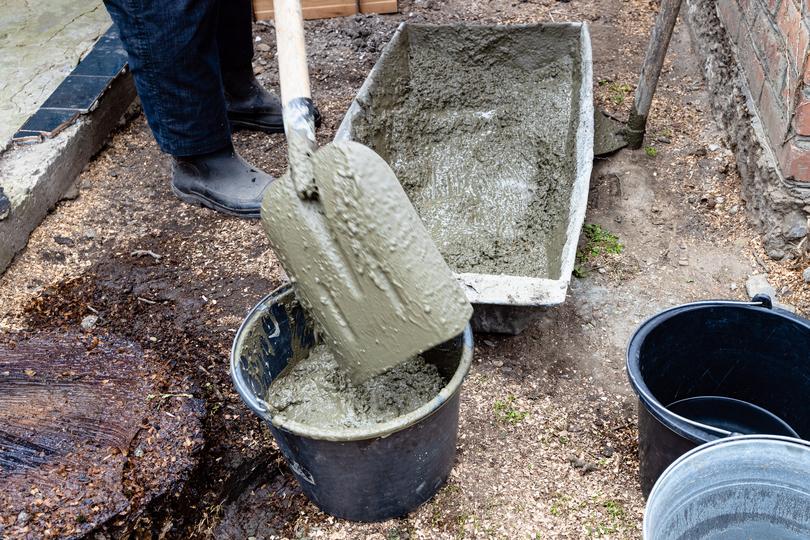Find Reliable Line Pumping Services On ConcreteMatch
Precise Concrete Delivery, Every Time
ConcreteMatch connects you with experienced line pumping services. Get quotes, compare services, and find the perfect fit for your project.
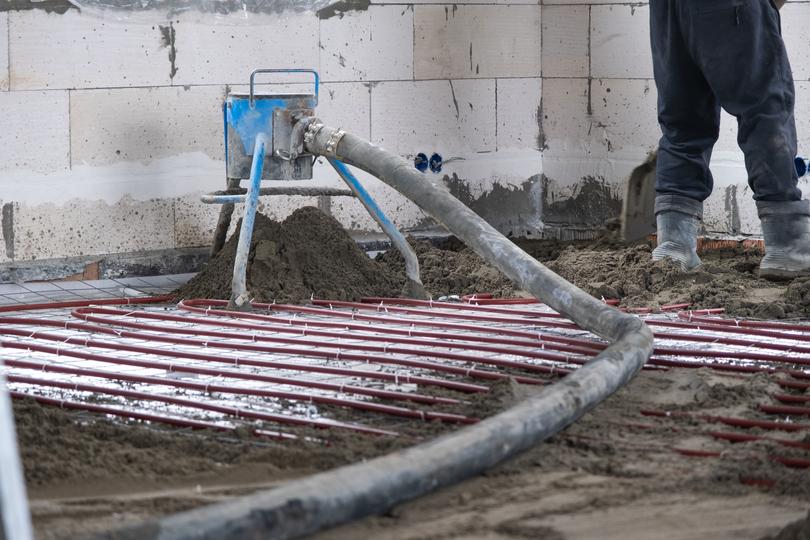
Find More Concrete Solutions
ConcreteMatch offers a comprehensive directory of concrete services. Find suppliers for ready-mix concrete, boom pumping, and more.
Specialized concrete solutions for commercial projects. Tailored to meet the unique requirements of large-scale construction.
Concrete solutions tailored for domestic construction projects. Ideal for residential buildings, driveways, and pathways.
High-quality ready mix concrete for all your construction needs. Delivered directly to your site for convenience and efficiency.
On-site concrete mixing and delivery services for construction projects. Reduces material waste and ensures optimal concrete quality.
On-site mixed volumetric concrete tailored to your specific requirements. Perfect for projects needing precise concrete quantities.
Efficient concrete pumping services to place concrete precisely where you need it. Ideal for hard-to-reach areas and large projects.
Advanced boom pumping services for placing concrete in hard-to-reach areas. Ideal for high-rise buildings and large-scale projects.
Concrete delivery and pouring services available outside regular business hours. Ideal for projects with strict timelines and schedules.
Durable and consistent ready mix mortar for masonry, rendering, and more. Delivered straight to your project location.
Affordable and reliable concrete pump hire services for projects of all sizes. Ensures efficient and precise concrete placement.
Affordable concrete mixer hire services for projects of all sizes. Reliable and well-maintained equipment delivered to your site.
Reliable suppliers of high-quality aggregates for construction projects. We offer a wide range of materials to meet your specific needs.
Specialized lightweight concrete ideal for projects requiring reduced structural load. Perfect for high-rise buildings and long-span bridges.
High-quality waterproof concrete designed to prevent water penetration. Ideal for basements, swimming pools, and water tanks.
No fines concrete ideal for lightweight and insulated concrete structures. Commonly used for walls and foundation backfills.
Get multiple quotes from top-rated concrete suppliers near you. Compare quotes, save time, save money.
Durable and aesthetically pleasing concrete solutions for driveways. Customizable finishes to enhance curb appeal.
Strong and stable concrete bases for sheds. Ensures long-lasting and level foundation for your garden shed.
High-quality concrete for patio construction. Durable and customizable to match your outdoor living space.
Durable concrete solutions for sidewalk construction and repairs. Ensures safe and long-lasting walkways.
Reliable and strong concrete for building foundations. Ensures a stable and durable base for all types of structures.
Durable concrete for retaining wall construction. Provides strength and stability for various landscaping and structural needs.
High-strength concrete for garage floor construction. Ensures a durable and long-lasting surface that withstands heavy use.
Durable concrete solutions for basement construction. Ensures a strong and waterproof foundation for your home.
Custom concrete countertops for kitchens, bathrooms, and outdoor spaces. Durable, stylish, and easy to maintain.
High-quality concrete for floor construction. Ensures a durable and long-lasting surface for residential and commercial buildings.
Durable concrete for stair construction. Ensures safe and long-lasting stairs for residential and commercial buildings.
Find The Right Line Pumping Service With ConcreteMatch
Connecting with reliable line pumping professionals is easy with our streamlined process.

- Tell Us About Your Project
- Describe your line pumping requirements and provide details about your project.
- We'll Match You With Qualified Companies
- We'll connect you with experienced line pumping services in your area who are equipped to handle your specific needs.
- Compare Quotes & Choose
- Review quotes, compare services, and select the line pumping service that best fits your project requirements and budget.
- Get Started With Your Concrete Pour!
- With a trusted line pumping service on your side, you can ensure accurate and efficient concrete placement.
Why Choose ConcreteMatch for Line Pumping?
The smarter way to find Concrete Pumping with Line suppliers
We make finding the ideal line pumping service simple and hassle-free. Here's how ConcreteMatch can benefit your project: We take the stress out of finding the right concrete supplier. Here's how:

- Experienced Professionals
- Our directory includes vetted line pumping services with proven expertise and a commitment to quality.
- Competitive Quotes
- Get quotes from multiple line pumping companies and compare prices to find the best value for your project.
- Save Time & Effort
- We streamline the process of finding line pumping services, saving you time and effort in searching for the right provider.
- Ideal for Confined Spaces
- Line pumping is a perfect solution for projects with limited access, such as narrow driveways or backyards.
- Accurate Concrete Placement
- Ensure your concrete is placed precisely where you need it with our experienced line pumping specialists.
- Free & Easy To Use
- ConcreteMatch is completely free to use. Find your ideal line pumping service today!
Need Line Pumping for Your Commercial Project?
Commercial Line Pumping
ConcreteMatch connects businesses with reliable line pumping services for all types of commercial construction projects.
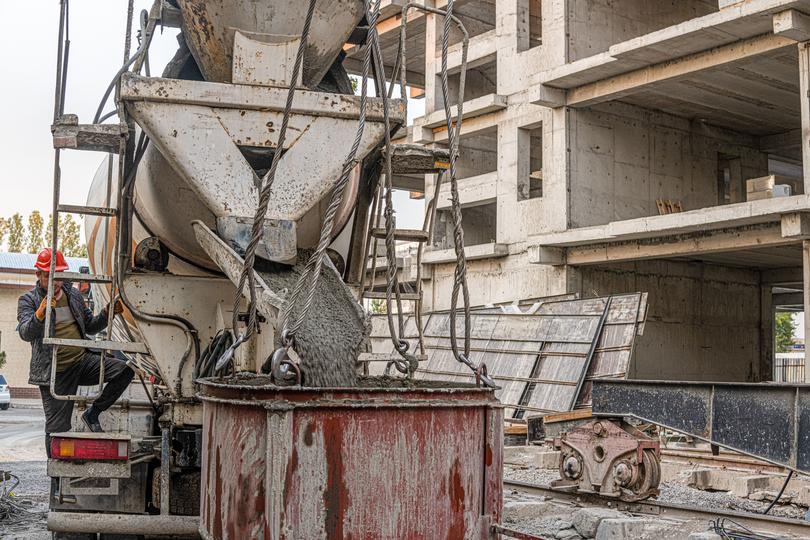
Specialized concrete solutions for commercial projects. Tailored to meet the unique requirements of large-scale construction.
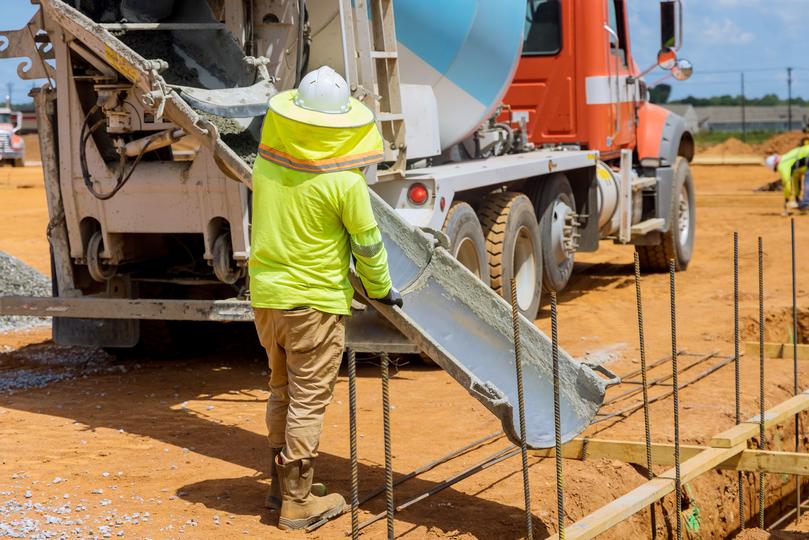
High-quality ready mix concrete for all your construction needs. Delivered directly to your site for convenience and efficiency.
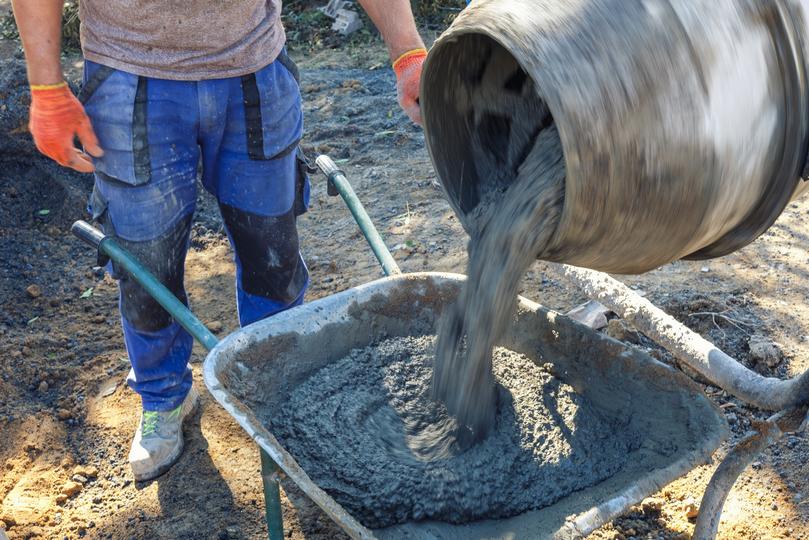
On-site concrete mixing and delivery services for construction projects. Reduces material waste and ensures optimal concrete quality.
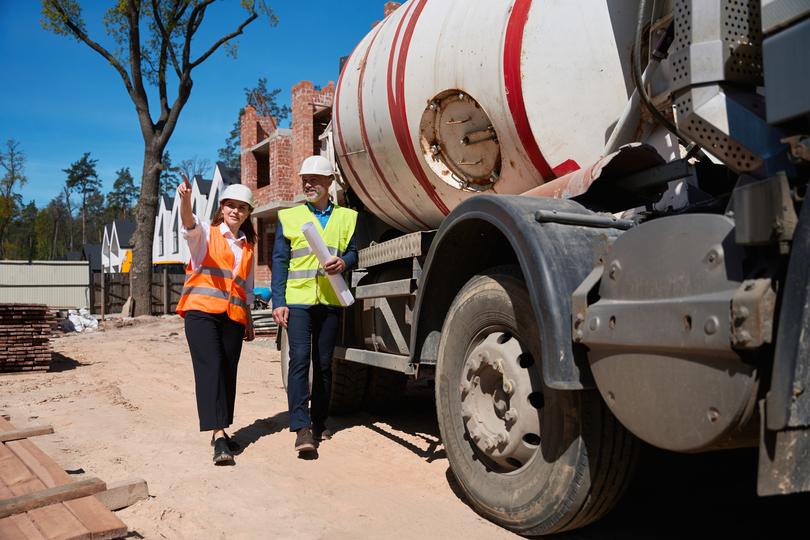
On-site mixed volumetric concrete tailored to your specific requirements. Perfect for projects needing precise concrete quantities.
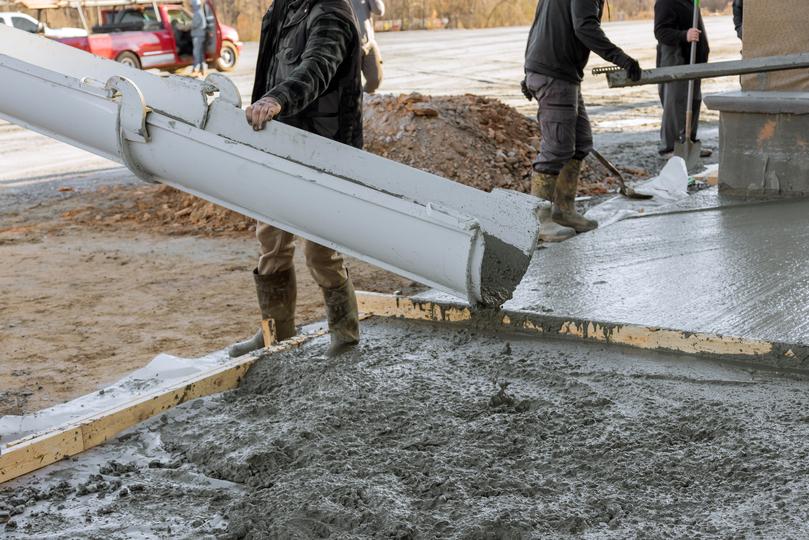
Efficient concrete pumping services to place concrete precisely where you need it. Ideal for hard-to-reach areas and large projects.
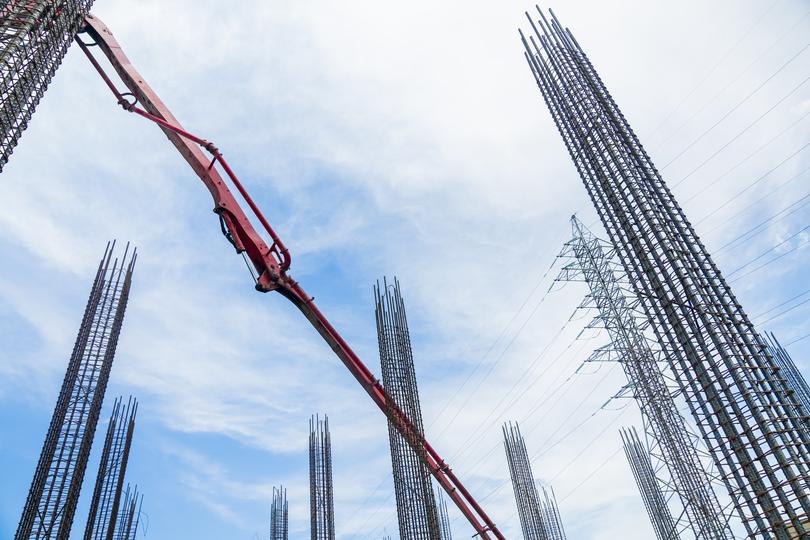
Advanced boom pumping services for placing concrete in hard-to-reach areas. Ideal for high-rise buildings and large-scale projects.

Efficient line pumping services for precise concrete placement. Perfect for small to medium-sized construction projects.

Concrete delivery and pouring services available outside regular business hours. Ideal for projects with strict timelines and schedules.
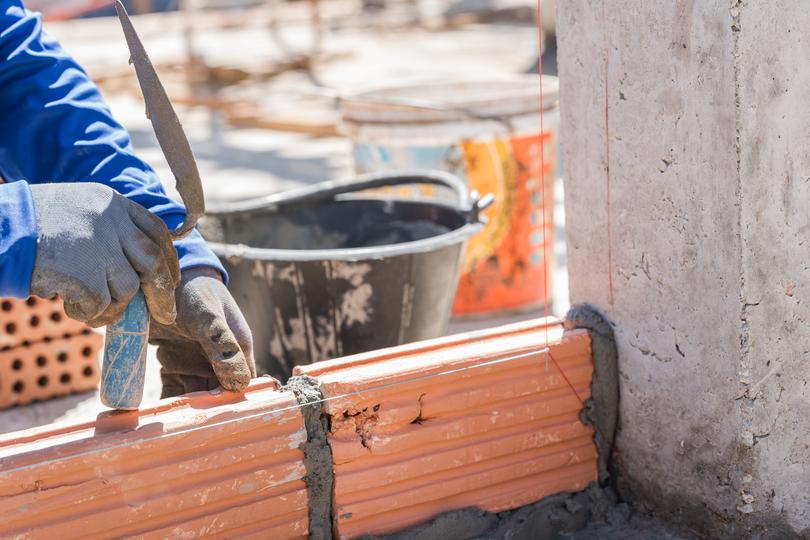
Durable and consistent ready mix mortar for masonry, rendering, and more. Delivered straight to your project location.
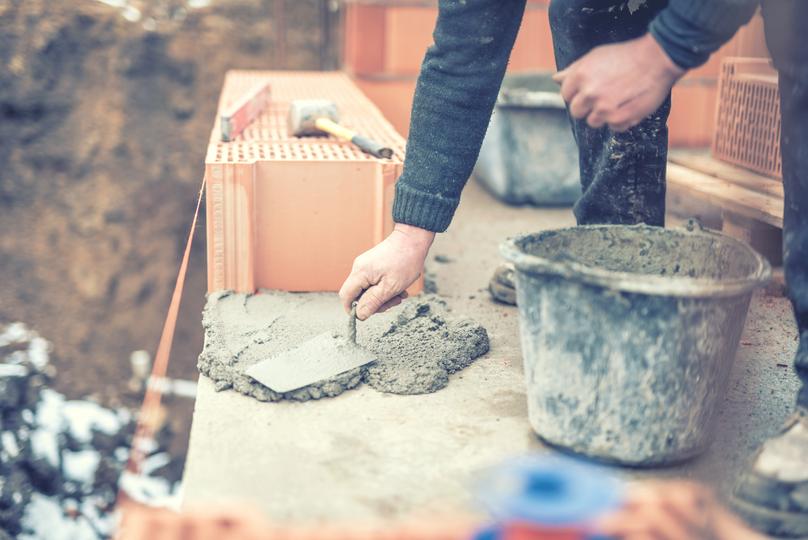
Affordable and reliable concrete pump hire services for projects of all sizes. Ensures efficient and precise concrete placement.
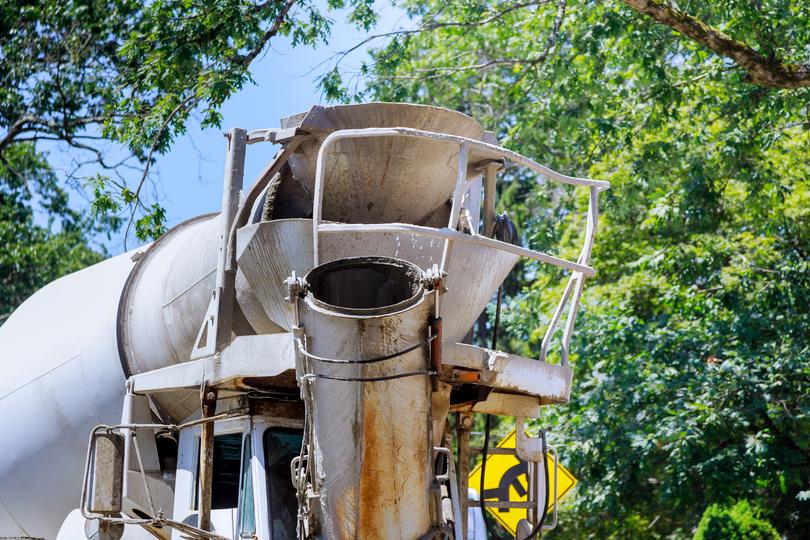
Affordable concrete mixer hire services for projects of all sizes. Reliable and well-maintained equipment delivered to your site.
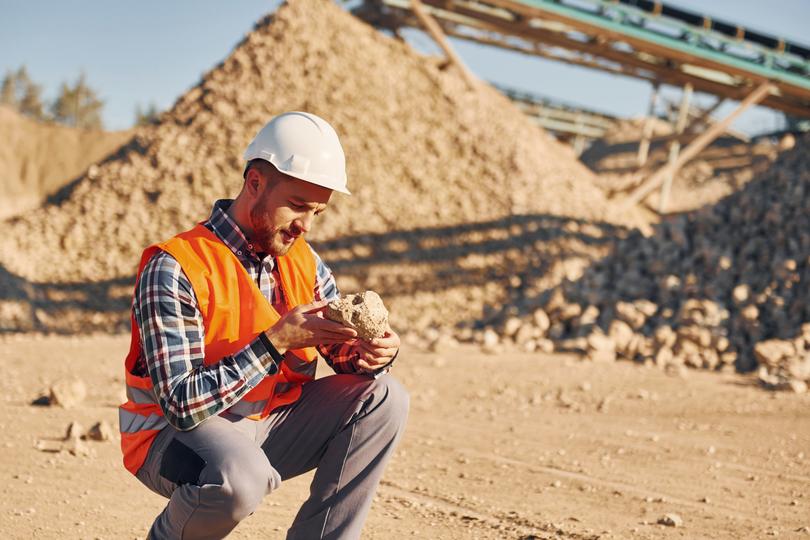
Reliable suppliers of high-quality aggregates for construction projects. We offer a wide range of materials to meet your specific needs.
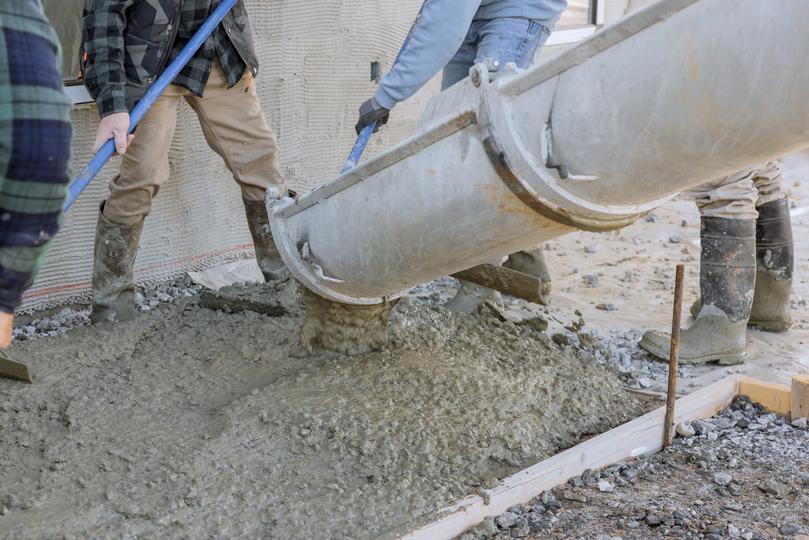
Get multiple quotes from top-rated concrete suppliers near you. Compare quotes, save time, save money.
Line Pumping For Your Home Project?
Residential Line Pumping
Get your concrete poured with precision and efficiency. ConcreteMatch connects you with trusted line pumping services for your residential needs.

Concrete solutions tailored for domestic construction projects. Ideal for residential buildings, driveways, and pathways.

High-quality ready mix concrete for all your construction needs. Delivered directly to your site for convenience and efficiency.

On-site concrete mixing and delivery services for construction projects. Reduces material waste and ensures optimal concrete quality.

On-site mixed volumetric concrete tailored to your specific requirements. Perfect for projects needing precise concrete quantities.

Efficient concrete pumping services to place concrete precisely where you need it. Ideal for hard-to-reach areas and large projects.

Advanced boom pumping services for placing concrete in hard-to-reach areas. Ideal for high-rise buildings and large-scale projects.

Efficient line pumping services for precise concrete placement. Perfect for small to medium-sized construction projects.

Professional screeding services for smooth, level floors. Suitable for both residential and commercial projects.

Concrete delivery and pouring services available outside regular business hours. Ideal for projects with strict timelines and schedules.

Durable and consistent ready mix mortar for masonry, rendering, and more. Delivered straight to your project location.

Affordable and reliable concrete pump hire services for projects of all sizes. Ensures efficient and precise concrete placement.

Affordable concrete mixer hire services for projects of all sizes. Reliable and well-maintained equipment delivered to your site.

Reliable suppliers of high-quality aggregates for construction projects. We offer a wide range of materials to meet your specific needs.

Get multiple quotes from top-rated concrete suppliers near you. Compare quotes, save time, save money.
Ready to Streamline Your Concrete Pour?
Find the Best Line Pumping Services On ConcreteMatch!
Get matched with qualified and reliable suppliers in your area and get your concrete placed with accuracy.
